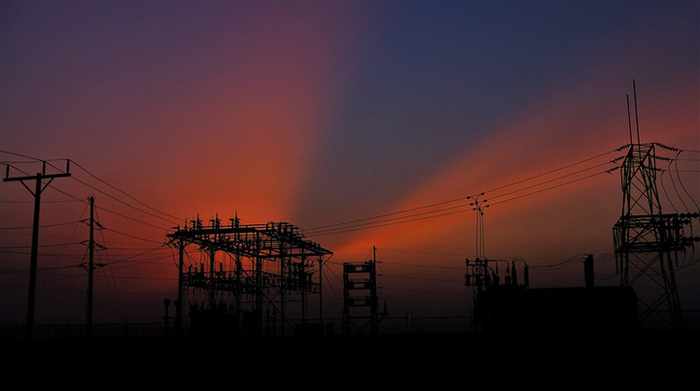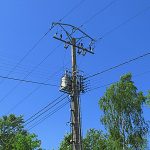PJM Generation Retirements Could Result in Capacity Shortfall

Image courtesy of Tim Vrtiska under Attribution-NoDerivs 2.0 Generic License, resized to 700 x 391 pixels.
An eye-popping amount of planned PJM generation retirements could result in future capacity shortfalls. Up to 58 GW – or 30% of PJM’s current installed capacity – could be retired by the year 2030, with no clear path toward replacing the retired capacity. This begs the question – what impact will this have on future reliability?
Details of the Impending PJM Generation Retirements
As of the time of this writing, PJM has approximately 196 GW of installed capacity. The details of the impending retirements have been documented in PJM’s “2023 Annual State of the Market” report which was published 3/14/24. While the numbers are somewhat contingent upon a variety of macro-level factors, the approximate breakdown (for now) is as follows:
- Operators plan to retire approximately 4.3 GW by 2030.
- An additional 19.6 GW could be retired for regulatory reasons.
- Another nearly 40 GW could be retired if they cross the threshold of not being economical (based on future capacity prices).
Although prior generation retirements have largely been in the same ballpark, the difference now is that much of the future retired capacity is expected to be replaced by clean energy sources. And unfortunately, according to the report, this replacement capacity has “not been clearly identified.”
Thus, the most urgent recommendation from the study is to work on addressing the impending capacity shortfalls immediately. In addition, the report suggests that power plant owners be required to provide at least 18 months’ notice whenever they want to retire any capacity – the current requirement is only 3 months’ notice. Another recommendation is to expedite the completion of projects in PJM’s interconnection queue.
Overall, the risk of future capacity shortfalls seems like it’s par for the course given the currently transformative nature of the industry. The good news, at least for PJM, is that the organization is honest about the current state of affairs, as well as the risks that come with it. Simply put, generation retirements are destined to happen year-in and year-out, but understanding the impact on the front end will help ensure that this retired capacity can be replaced efficiently and effectively.



